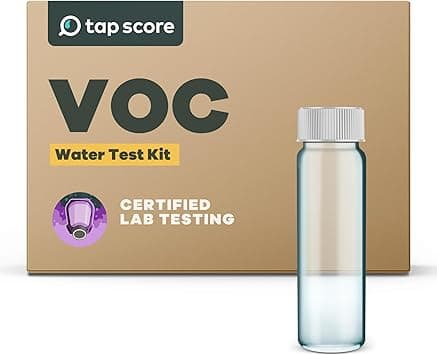1,2 Dichlorobenzene
Synthetic volatile organic compound (VOC) and one of three forms of dichlorobenzene (referred to collectively as DCBs). 1,2-DCB is used to produce herbicides. It is readily volatile, thus all routes of exposure (ingestion, inhalation and dermal) are relevant if one is exposed via drinking water.
EPA MCLG Level
600 ppb
Maximum level that poses minimal health risk based on the latest science
Health Effects
Drinking water standards for 1,2-DCB are based on potential liver, kidney, and cardiovascular system toxicity.
Affected Organs & Systems:
Common Sources
- Enters the environment and drinking water sources through release from industrial sites where it is produced or used
- Also released as an unwanted by-product in the production of 1,4-dichlorobenzene from sites where it's produced
- Not expected to leach into groundwater, and evaporates easily from surface water
How to Remove It
Water filters certified under the following NSF standards are effective at removing 1,2 Dichlorobenzene:
EPA MCLG Level
The EPA MCLG represents the maximum level that poses minimal health risk based on the latest scientific research. It's often more protective than federal legal limits.
Contaminant Type
1,2 Dichlorobenzene is classified as a VOCs contaminant.
This contaminant primarily affects the kidneys, cardiovascular, and other systems.
Check Your Water
Find out if 1,2 Dichlorobenzene is in your tap water.
Search Your CityTest Your Water for This Contaminant
Public water reports may not test frequently enough or at your specific tap. Professional home testing provides current, location-specific results.

SimpleLab
Standard Home Water Test
$232
Comprehensive water analysis testing over 200 contaminants including bacteria, heavy metals, and chemical compounds.

SimpleLab
Advanced Home Water Test
$369
Most comprehensive home water test including all standard tests plus additional parameters for ultimate peace of mind.

Tap Score
Volatile Organic Compounds (VOC) Test
$139
Detects volatile organic compounds including industrial solvents, fuels, and chemical contaminants.